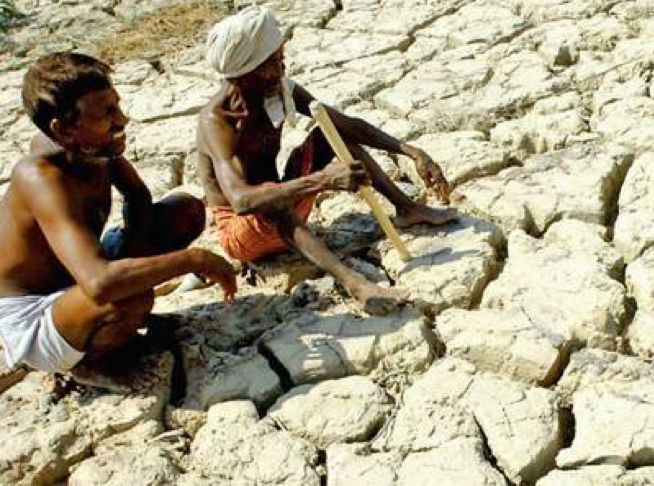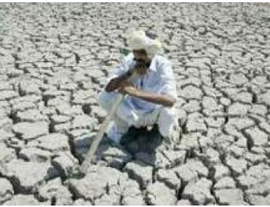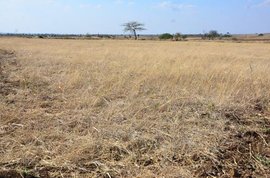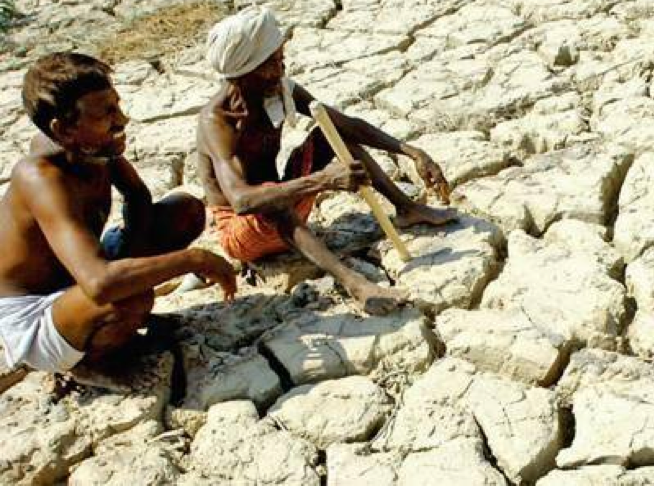
MUMBAI: A staggering Rs 460 crore disbursed by the Maharashtra government as compensation for drought-hit farmers has come right back to the state's coffers. The key reason it could not be distributed, officials admit, is that lakhs of farmers impacted by the calamity do not have bank accounts — now a mandatory requirement for aid recipients.
Since 2014, Maharashtra has been allotting aid only to bank accounts of beneficiaries instead of dispensing cash, in an attempt to plug leakages.
"In some cases, compensation did not reach farmers because the claimant was missing or there was a dispute among beneficiaries. But in many cases, the aid was returned because the farmers did not have bank accounts," admitted relief and rehabilitation minister Eknath Khadse.
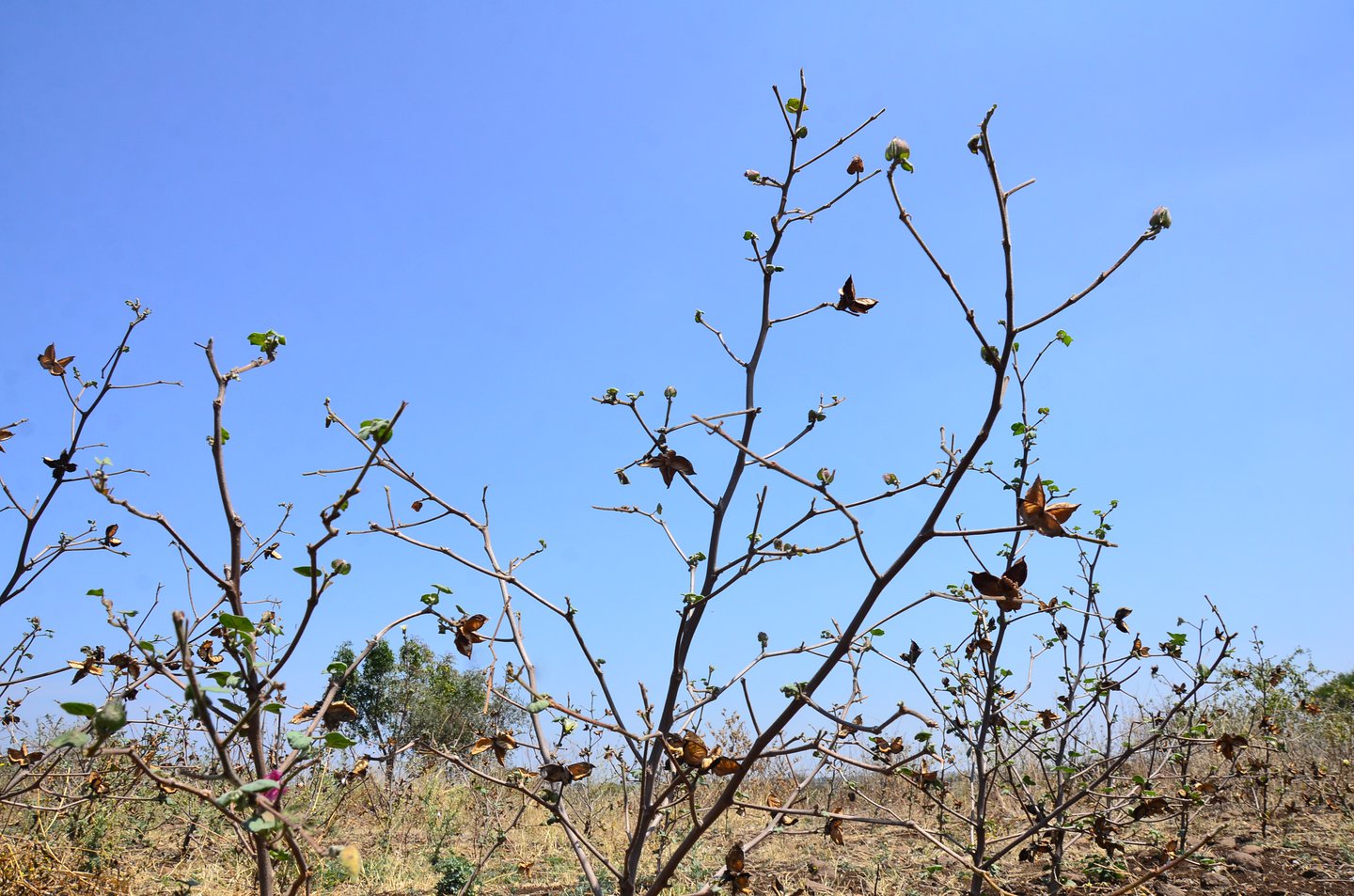
The drought funds which were returned account for around 11% of the Rs 4,000 crore which was disbursed by the state, official data shows. Of the 90 lakh farmers impacted by the drought, 65 lakh have been compensated so far. However, 26 lakh farmers — roughly a third of those affected — are still awaiting aid.
The bulk of the aid which was returned was from the Vidarbha and Marathwada regions, where the drought wreaked maximum havoc. Compensation funds worth Rs 190 crore have been returned by district officials from Marathwada and Rs 201 crore from Vidarbha, official data shows. Aid worth Rs 62.5 crore has been sent back from the Nashik division.
The state is hoping the NDA government's Jan Dhan Yojana, which aims to draw large sections of the poor into the formal banking system, will help resolve the problem. "District officials have been asked to encourage the Jan Dhan Yojana. Once their accounts are opened, farmers will receive the aid," Khadse said.
The state government says it moved to a system of direct cash transfers to bank accounts of beneficiaries to avoid leakages while distributing aid. "During every drought, there are allegations of corruption. This way, the money goes to the affected farmer or remains with the government," said a senior government official.
However, critics said this does not work in a calamity, given the poor banking coverage in the country. "Across the country there is increasing evidence which suggests that banks are reluctant to open accounts under the Jan Dhan Yojana and that a large number of accounts opened are non-functional or duplicate accounts," said economist R Ramakumar from the Tata Institute of Social Sciences.
"In such a situation, limiting aid to bank accounts will cut off many in need of immediate relief," he added.
The amount of compensation itself is cause for heartburn among farmers. According to the norms set for the State Disaster Relief Fund, farmers in non-irrigated areas get Rs 4,500 per hectare as compensation. This works out to just Rs 1,875 an acre. Farmers in assured irrigated areas get Rs 9,000 per hectare. This works out to Rs 3,750 per acre.
Report 8: The original version of this story appeared in The Times of India on 1 April 2015
More in this series:
Report 1:
Nearly 80000 homeless elders go hungry
Report 2:
Drought hits 90 lakhs farmers in Maharashtra
Report 3:
Kharif crops hit by drought pulses take a maha pounding
Report 4:
40% rise in farmer suicides in Maharashtra
Report 5:
Bitter Harvest - Where villagers dig for hours to fill a pot
Report 6:
Drought migration forces aged to toil as farm hands
Report 7:
The man with 48 borewells in drought-hit Marathwada
Report 9:
Maharashtra govt says mulling farmer insurance as opposition cites TOI’s suicide reports
Report 10:
Study: Agri-corporates, not farmers, hog loans
Report 11:
Direct loans below Rs 25,000 to farmers plunge to 4.3% from 23%
Report 12:
Only 12% potential of Maharashtra’s 70,000 small dams used
Report 13:
Unseasonal rain: 601 farmer suicides in Maharashra in just 3 months
Report 14:
'Only 3 Maharashtra farmers ended life due to unseasonal rain'
Report 15:
State government's logic for its low farmer suicide count: Only 3 blamed rains
Report 16:
Beef banned, but no state-run cow shelters in sight
